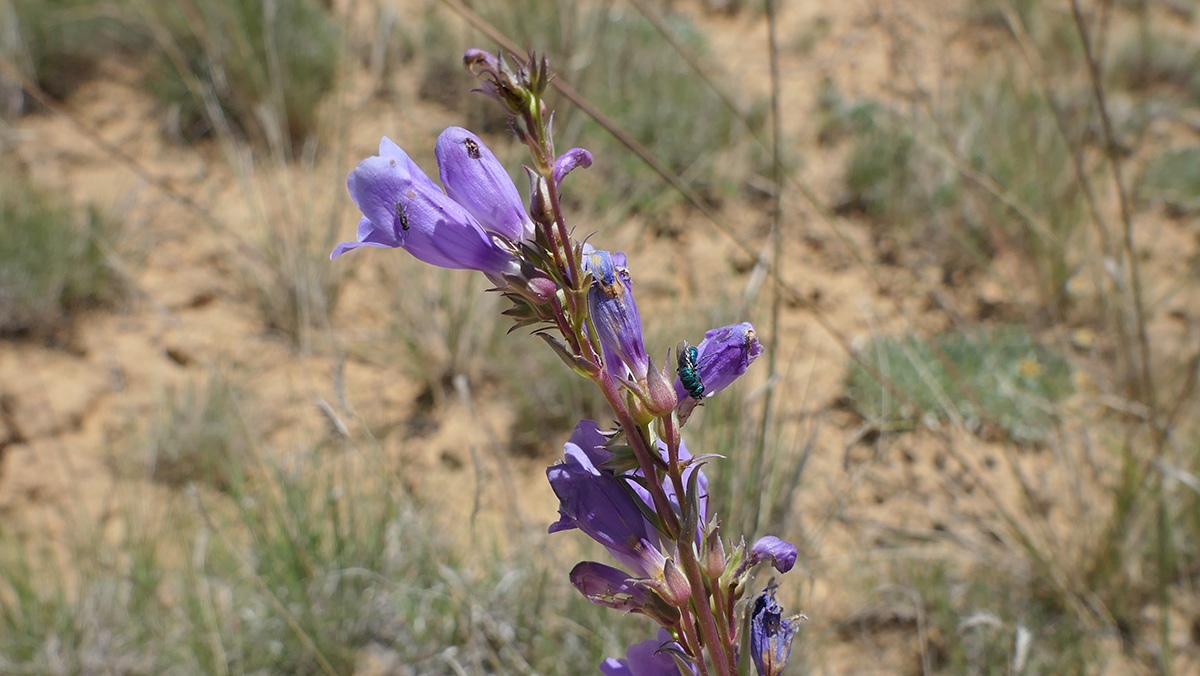“Never doubt that a small group of thoughtful, committed individuals can change the world; indeed, it's the only thing that ever has.” — Margaret Mead
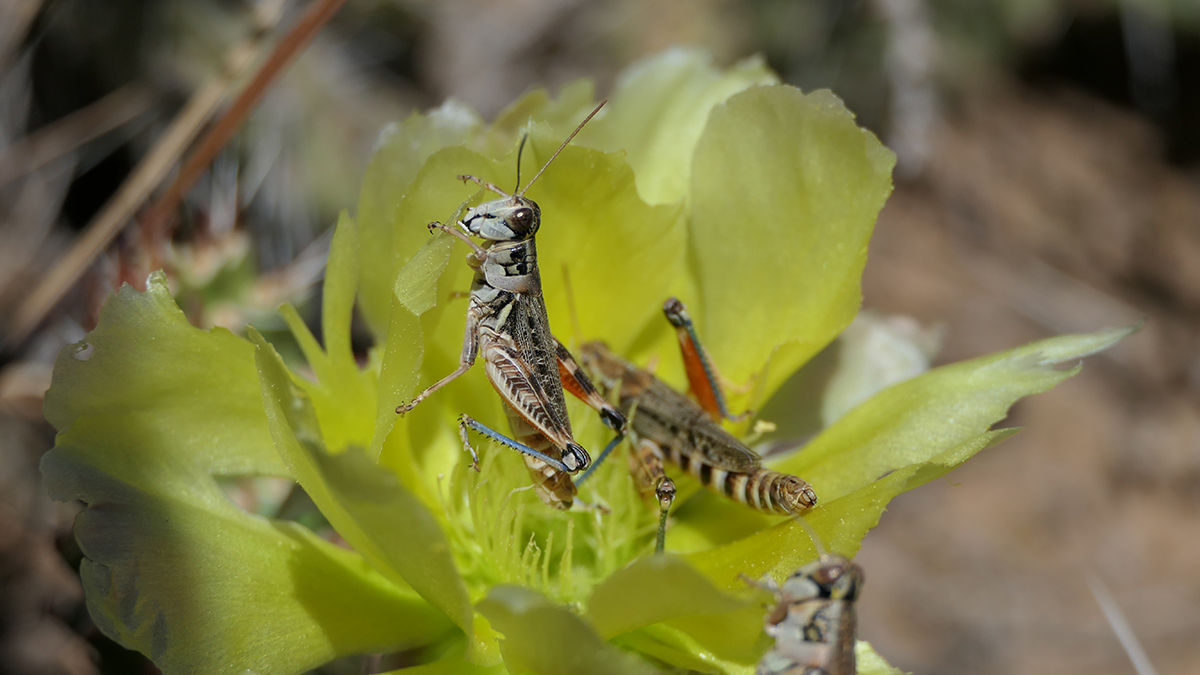
Tuesday June 13, 2023 dawned cool and cloudy in the county of Rio Arriba, New Mexico. The wild and scenic Rio Chama river was running high and the stunning landscape was a mix of lush green and sparse sagebrush. Very few people were aware that the USDA-Animal and Plant Health Inspection Service (APHIS) was, that morning, posting a contract to treat 25,000 acres of public lands in the watershed with the insecticide carbaryl, starting as early as June 26. The target of the spray was native grasshoppers that sometimes compete for limited forage with cattle, mostly in degraded landscapes.
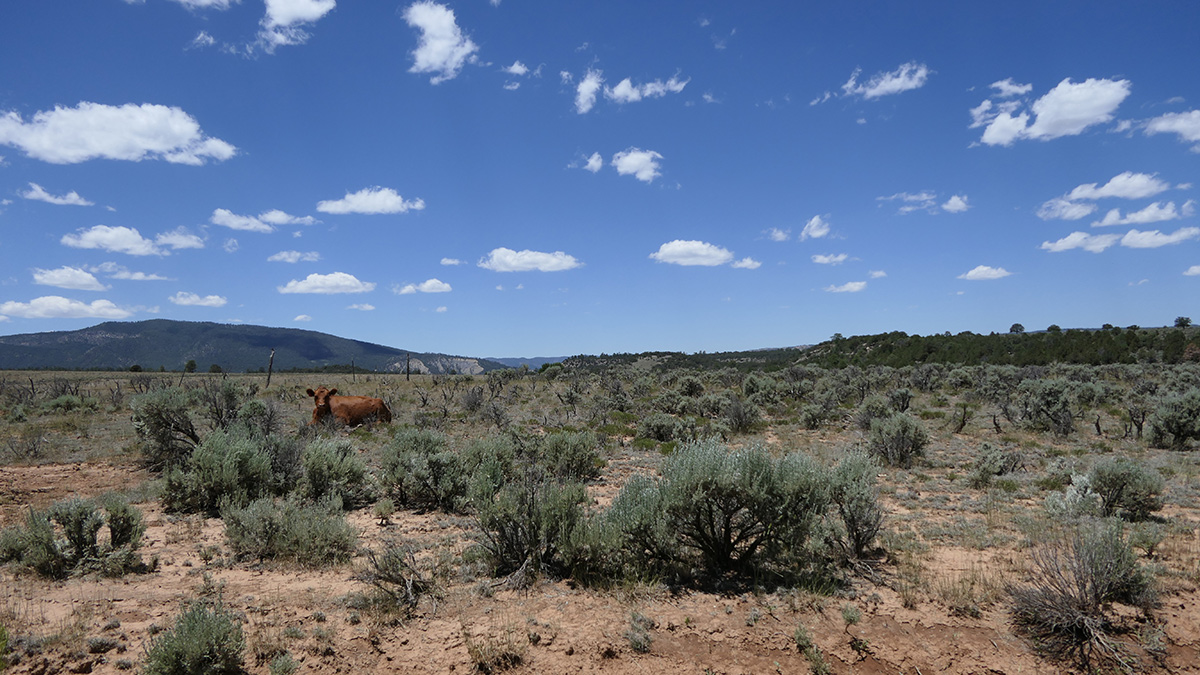
Xerces staff alert public to planned use of highly toxic insecticide
Xerces became aware of the proposed spray on June 15 when Xerces staffer Sharon Selvaggio found the contract for the spray while doing a routine check of the relatively obscure government website, sam.gov. Recognizing the risks this spray could pose to the area’s fragile ecosystem, Xerces quickly contacted our collaborators in New Mexico. Realizing people were not aware of the proposed carbaryl spray, we started to spread the word, with KUNM public radio breaking the story.
Carbaryl is a broad-spectrum insecticide, meaning it can harm a wide variety of insects including the many native bees and butterflies found in the Rio Chama watershed. It is also toxic to birds, fish, aquatic insects, mammals and is considered a likely human carcinogen.
Within a week of Xerces sounding the alarm, New Mexico residents were organized and asking questions. Tribal members who live downstream of the proposed spray, wildlife conservationists, organic farmers, and many others who care about the area demanded that the proposal be canceled and that a transparent and collaborative plan be established for the area.
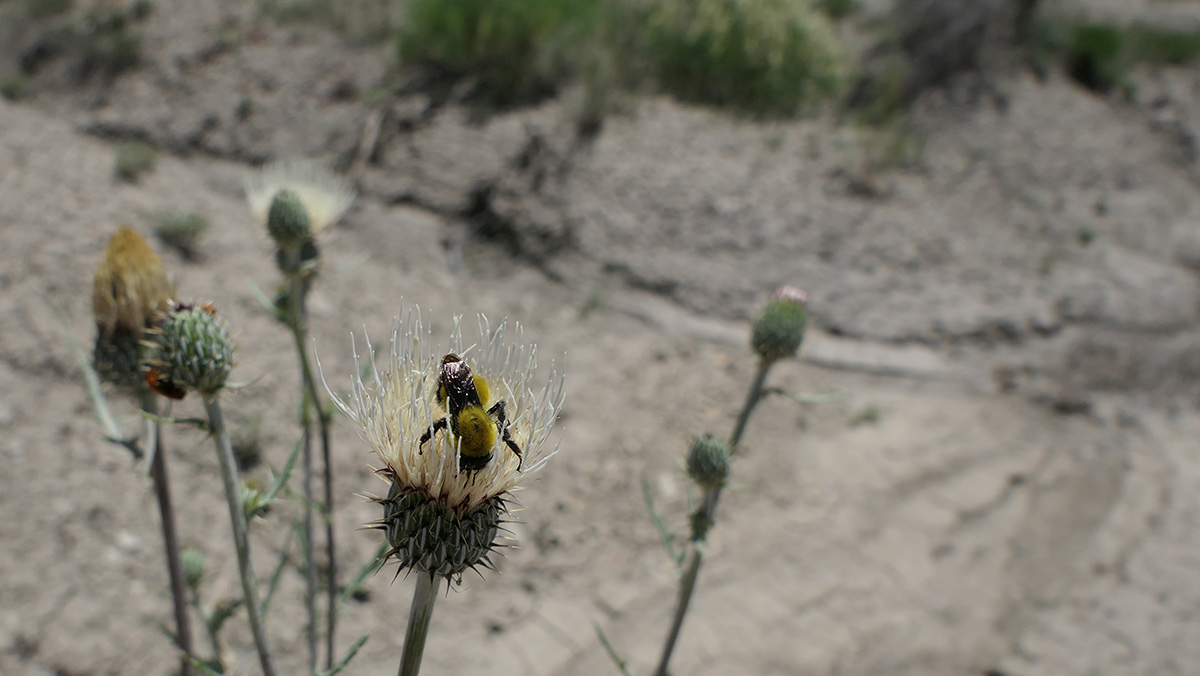
Bureau of Land Management cancels spray, promises improved transparency
Once people started raising questions, the Bureau of Land Management, who manages the bulk of the lands where the spray was planned, put the proposal on hold to re-evaluate the process. Then on June 29 they officially canceled the spray, stating that additional environmental analysis and outreach for this project is necessary. They also promised that future discussions about grasshopper suppression would be open and transparent.
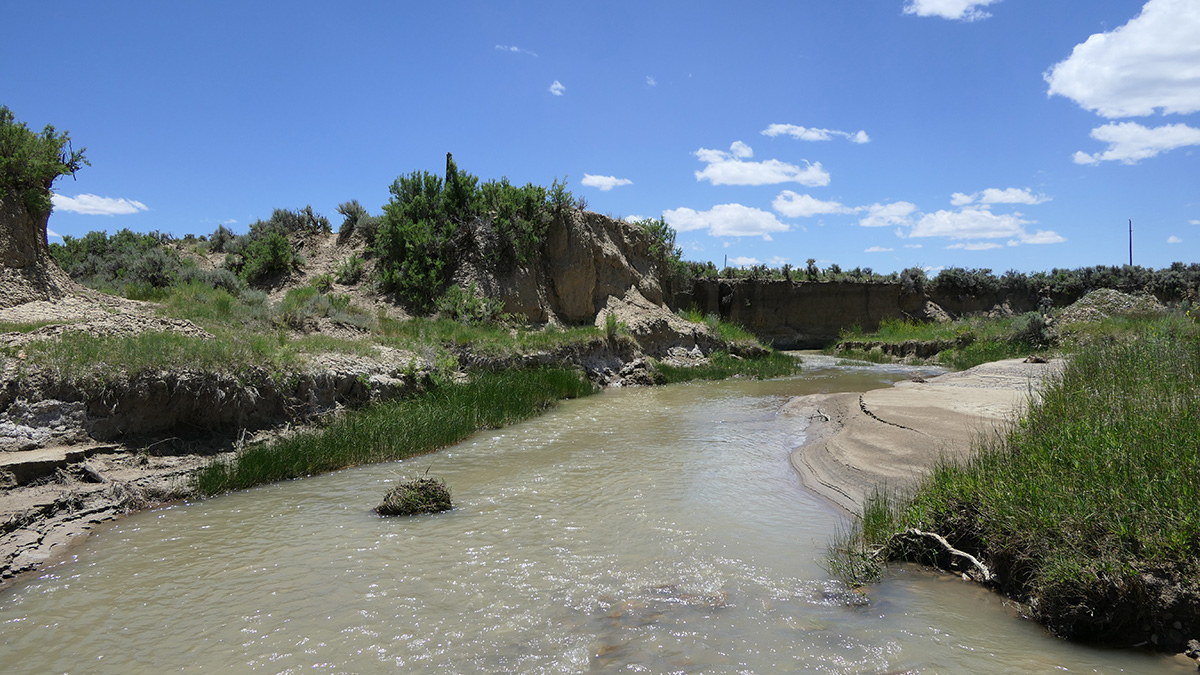
What’s next? Ensuring caution, science, and public transparency in grasshopper management
Now that the spray has been canceled, the hard work begins. There is a lot to untangle to understand how to move forward and ensure the area is well managed for its many uses.
Here at Xerces, we believe that toxic insecticides must be used with extreme caution and attention to the science, if at all, given their widespread impact on people and wildlife. A chief concern with this planned spray was that we don’t actually know if grasshoppers were in competition with cattle. Although APHIS told the press that grasshopper numbers were at harmful levels, it’s unclear if the high grasshopper numbers were even found within the spray area. Xerces staff and partners who visited the area couldn’t corroborate the stated high grasshopper numbers. Furthermore, we’ve received reports that some of the proposed spray area didn’t have grasshoppers or grasshopper damage, yet were still relatively devoid of plants for cattle to feed. Clearly, in those areas spraying an insecticide wouldn’t offer any relief.
No matter what, this incident has prompted a conversation between the many people who cherish and rely upon this area. While years of heavy use, drought, and a changing climate are stressful to public lands like the Rio Chama watershed, we now have the opportunity to turn things around. By rethinking and compromising on how we use and manage public lands – taking into account sound science and the interests of all stakeholders – we can support healthy and biodiverse wildlife and ensure the lands also support the interests and livelihood of people.
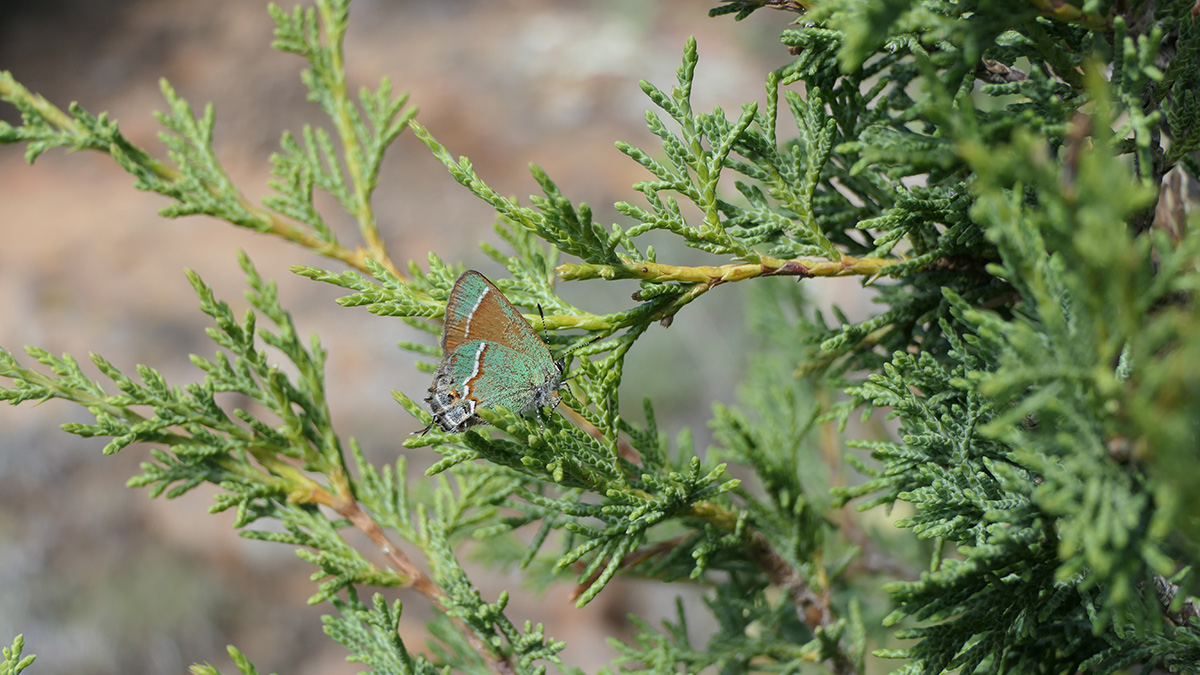
“It is not my contention that chemical insecticides must never be used. I do contend that we have put poisonous and biologically potent chemicals indiscriminately into the hands of persons largely or wholly ignorant of their potential for harm. We have subjected enormous numbers of people to contact with these poisons, without their consent and often without their knowledge.” — Rachel Carson, Silent Spring
